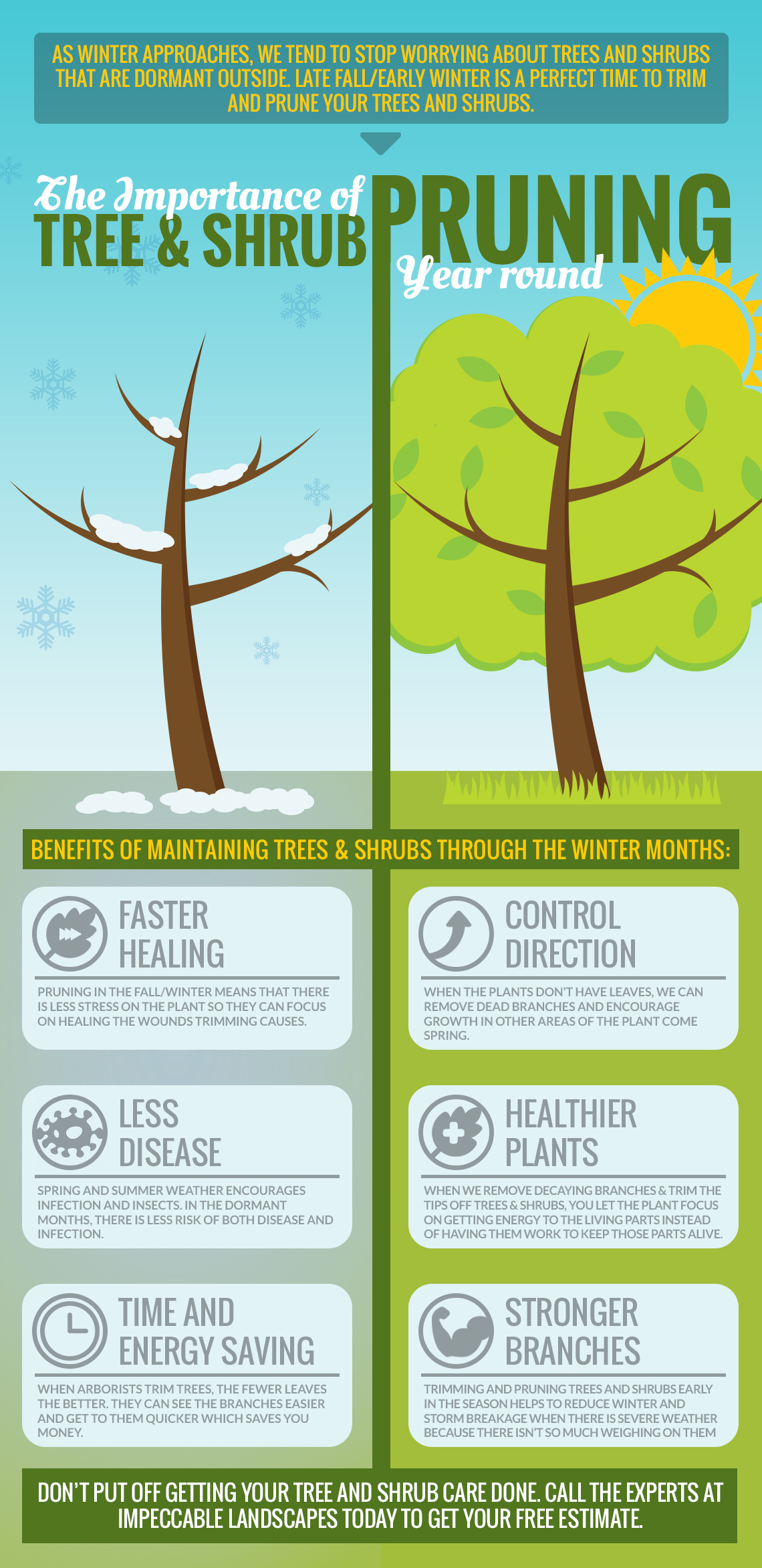Indications It's Time To Eliminate A Tree - A Property Owner'S Guide
Indications It's Time To Eliminate A Tree - A Property Owner'S Guide
Blog Article
Article By-Wright Conway
Trees include appeal and worth to residential or commercial property, yet they can likewise position a threat during severe weather occasions. If a tree has actually quit expanding, is showing noticeable fungal growth, or has a leaning trunk, it must be gotten rid of by a specialist to stay clear of residential property damages and injury.
To learn more, go to a homeowner resource fair co-hosted by HPD, the Center for New York City Neighborhoods, and Brooklyn-based real estate companions this night in Bedford-Stuyvesant. The event will include the House owner Handbook, a brand-new overview to help house owners navigate the duties of owning a home.
1. Dead or Perishing Branches
Trees are an important part of your home's landscape, supplying color and appeal. They likewise supply sanctuary for wild animals and generate oxygen, but also healthy trees can experience health problems that may necessitate their removal. Dead or dying trees aren't just undesirable, they can be harmful. clicking here might fall during a tornado, causing pricey building damages and injuries.
When a tree's branches start to pass away, it indicates that its structure is beginning to break down. If rancho tree service of its branches are dead, it is most likely time to remove it.
Look for an absence of brand-new development, bark peeling, open wounds or tooth cavities, fungis expanding on the trunk or roots and a general appearance of decay in the whole canopy. These indications of infection can suggest a significant issue that will call for specialist tree services to settle.
2. Leaning Trunk
While it's typical for trees to lean every now and then due to phototropism, if a tree has a hazardous or extreme lean that's not due to natural processes - it could be an indication that the tree needs to be gotten rid of. If the tree is leaning toward a high-voltage line, home, car, play framework or any other area that could be unsafe to individuals if it falls, then speaking to a professional tree service for elimination need to be a top concern.
It's likewise essential to expect any sudden changes in a tree's leaning as it can suggest damage to the origins or trunk that might bring about falling. This is specifically real throughout stormy weather, since high winds and rain-soaked soil can create a lean to alter promptly. Normal tracking, specifically throughout and after storms can help home owners identify possible problems with their trees so they can call an arborist for a complete assessment.
3. Insect Problem
Some pest invasions, such as wood-boring pests like emerald ash borer or sap-suckers like range pests, are so extreme that they can trigger a tree to pass away. The very best means to stop pest infestation is to monitor your trees on a regular basis. Look for places, openings, or stainings in the leaves and bark. Analyze the trunk for fractures and indications of insect damage, such as passages or tracks.
If a tree ends up being too plagued with pests, or is close to a home or power lines, an arborist might advise elimination. If a leaning tree creates a new, unsteady lean, an arborist will likely suggest elimination also to ensure the security of individuals and residential property. If a weakened or dead tree consistently sheds too much branches, it is an indication that it is time to remove the tree. If a tree remains to shed branches for an extended time period, it could cause architectural problems and potential residential or commercial property damages.
4. Damaged Trunk
Trees are a stunning and important part of our landscape, but they do call for regular like keep them healthy and secure. If a tree is harmed beyond repair it is likely time for it ahead down.
Try to find indications of damage to the trunk, including vertical fractures, joints, dead branch stubs, visible injuries or open cavities and severe tree-rot. The existence of fungi at the base of the trunk is another warning indication. Fungi might show that the phloem and xylem (life-support tissues) are jeopardized, allowing for the spread of illness or a future failure.
Additionally, think about whether the tree has actually quit expanding. https://www.southernliving.com/garden/flowers/strawberry-sundae-hydrangea and balanced trees will certainly have brand-new growth each year, which might be visible as buds or branches sprouting and prolonging. If you do not see any kind of brand-new development, it's a good idea to have an arborist assess the tree and follow their referral for elimination. A dying or damaged tree can fall and cause home damage.